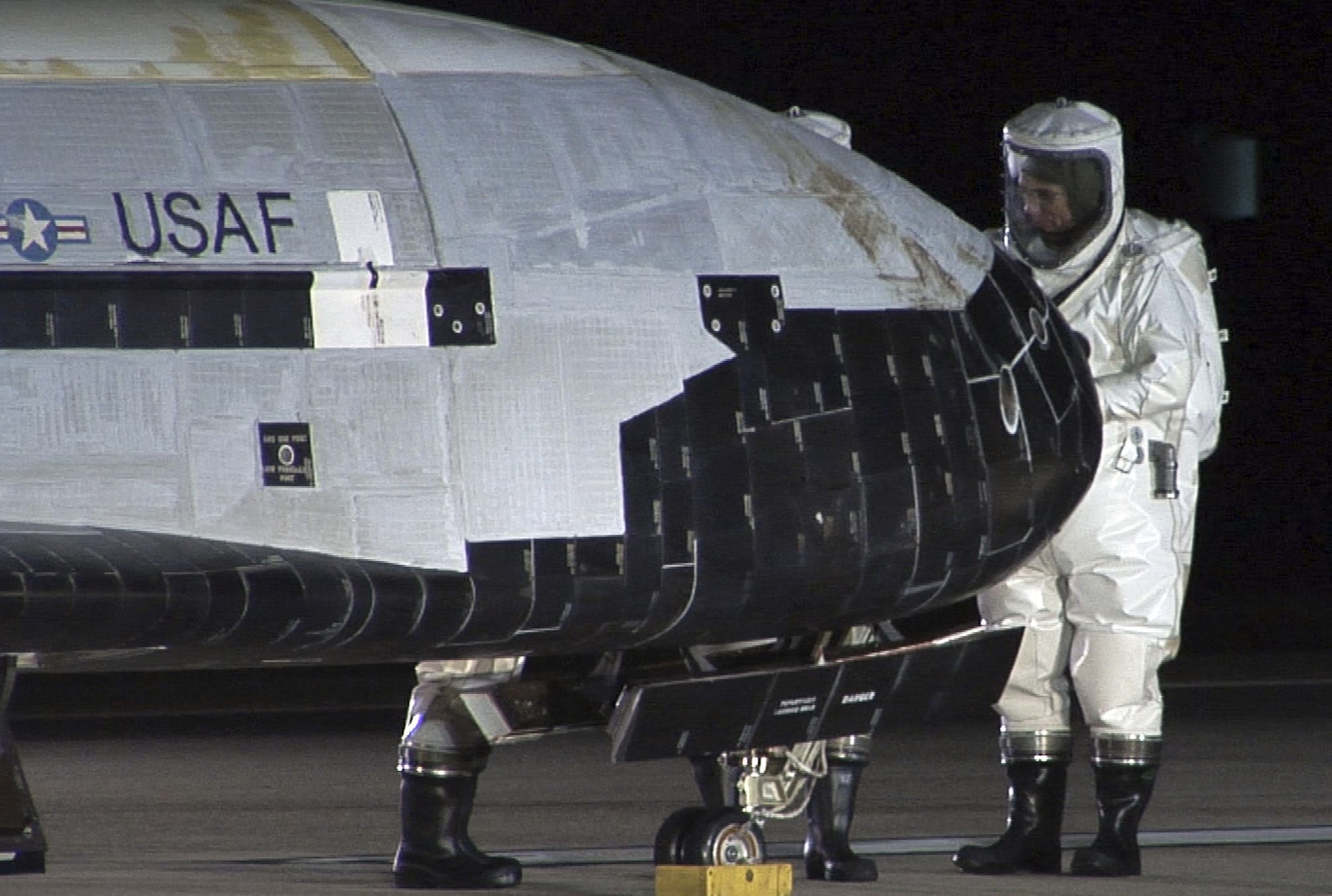In the evolving landscape of space capabilities, the Battle of the Spaceplanes emerges as the United States’ X-37B faces off against China’s Shenlong. These unmanned spacecraft, designed for secretive and extended missions in low Earth orbit, represent significant advancements in space technology. As the competition for dominance in space intensifies, understanding the capabilities and differences between America’s X-37B and China’s Shenlong becomes crucial in deciphering the strategic implications of their respective spaceplane programs.

Photo from: Popular Mechanics
Duel in Orbit
In the unfolding drama of space exploration, the battle of the spaceplanes takes center stage as America’s X-37B and China’s Shenlong compete in a race of technological prowess. Recent events, including the X-37B’s seventh mission and Shenlong’s mysterious spacecraft deployment, highlight a new chapter in the space race narrative.
On December 28, SpaceX’s Falcon Heavy rocket launched the U.S. military’s X-37B from NASA’s Kennedy Space Center, initiating its seventh unmanned mission.
Meanwhile, China’s Shenlong made its mark by deploying six objects into low-Earth orbit two weeks before the X-37B’s launch. The apparent synchronization raises questions about intentional competition in the race for space dominance.
READ ALSO: US Military’s X-37B Spaceplane Embarks On Seventh Top-Secret Mission
Comparative Analysis of X-37B and Shenlong
The Boeing-built X-37B, operated by the U.S. Space Force, is a reusable robotic spaceplane with a remarkable track record. In contrast, the Shenlong, or “Divine Dragon,” is China’s mysterious counterpart, launching aboard a Long March rocket. While both spaceplanes share a concept of gliding back to Earth and conducting experiments in space, details about Shenlong remain elusive, adding an air of secrecy to the space race.























